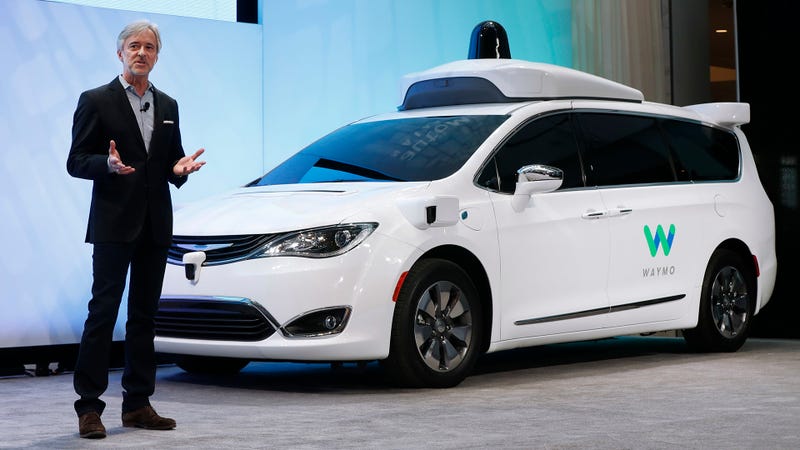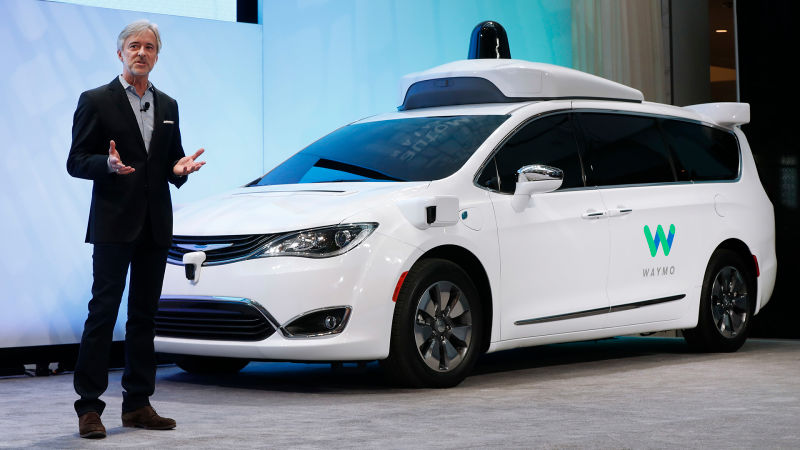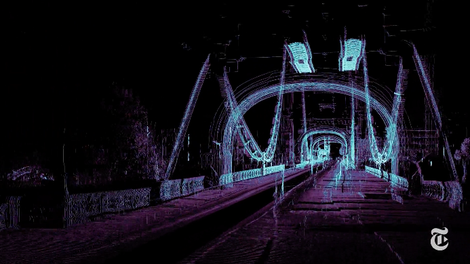
Waymo, the new identity of Google’s self-driving car program, now says that it has cut the costs of LIDAR by 90 percent. This is a critical sensor array in making self-driving cars feasible and affordable.
LIDAR stands for Light Detection and Ranging, and you would already recognize it as the spinning turrets you’ve seen on the tops of those Google Lexuses and spurting from the hood of Faraday Future’s FF 91. LIDAR is a kind of electronic vision, I guess you could say, a kind of laser-based radar that sees everything around it in reflected points. It’s a clear, 3D view to an autonomous car’s brain of everything that’s around it. Cars, people, trees by the side of the road, buildings, all reflected back.
Advertisement
Advertisement
One of the reasons LIDAR isn’t on all cars today is because a spinning LIDAR turret is big and bulky and weird, sure, but also because these arrays aren’t cheap. Back in 2009, a single LIDAR turret cost Google $75,000, as the Wall Street Journalreports.
Waymo’s new LIDAR supposedly costs 90 percent less, CEO John Krafcik announced this afternoon at a press conference. Krafcik showed the full array, complete with three different LIDAR sensors for short, medium and long-range, as well as eight cameras and a 360-degree radar system, as Automotive News notes. Krafcik says this array is “capable of full autonomy.”
This cost-saving would be a huge step forward for getting complete autonomy into production. One of the reasons why Faraday Future only includes a single LIDAR turret on its FF 91 is because of cost, as their assisted driving team explained to me during a press event at CES last week. Getting the price down for these arrays is crucial if anyone other than the super-rich will buy a self-driving car. It should come as little surprise that of all of the car companies currently promising autonomy in the near future, the closest ones have been aiming at the luxury segment.
The first cars to get the whole sensor array will be Waymo’s 100 Chrysler Pacifica minivans that will be testing on public roads in California and Arizona.
Hm. Arizona you say. I wonder if Uber’s self-driving taxis are programmed to run them off the road.
Read More About LIDAR And How Autonomous Cars See
















